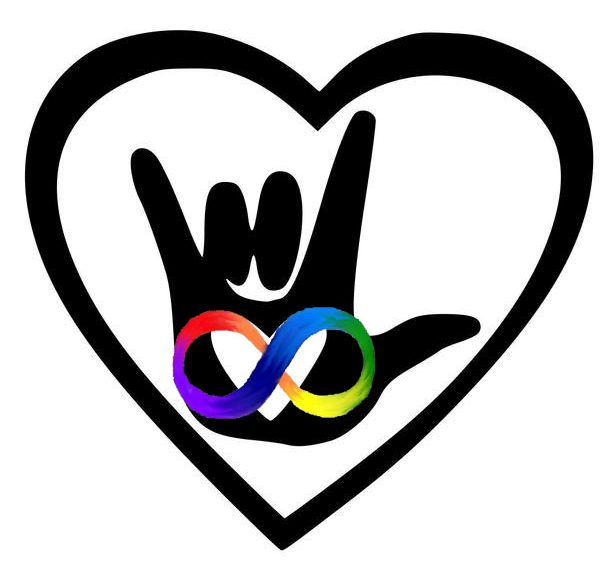
Yom Kippur is the Day of Atonement. It is the most important holiday of the Jewish year. It is part of the group of holidays called the High Holy Days or the Days of Awe. It is a 10-day period. It is one week after Rosh Hashanah. Yom Kippur falls on the 10th day of Tishrei.
History of Yom Kippur
The first Yom Kippur took place months after the Israelite’s exodus out of Egypt and their arrival at Mount Sinai in the Jewish year of 2448. This is where G-d gave Moses the 10 Commandments.
When coming down from the mountain, Moses caught the Israelites worshiping a golden calf. Because of this, he broke the tablets in anger. G-d forgave them when they atoned for their sin of idolatry. G-d offered a second set of tablets.
During that year, the people built a tabernacle, a portable home for G-d. The Tabernacle was a center for prayers and sacrificial offerings. The service in the Tabernacle climaxed on Yom Kippur, when the High Preist would perform a specialty service. INscense would be lit and the lottery with two goats, one of which was brought as a sacrifice, the other being sent out into the wilderness.
The High Preist wore ornate golden clothing on Yom kippur. He would immerse in a mikvah (ritual bath) and wear plain white clothing to perform this service.
Scripture recount that back in biblical days, Yom Kippur was the only day on which the high priest could enter the inner sanctum of the Holy Temple in Jeruselum. While there, he would perform a series of rituals and sprinkle blood from sacrificed animals on the Ark of the Covenant that contained the Ten Commandments.
Through this complex ceremony, he made atonement and asked for G-d’s forgiveness on behalf of the people of Israel. This tradition continued until the destruction of the Second Temple by the Romans in 70 CE. It was then adapted into service for Rabbis and their congregations in individual shuls.
According to tradition, G-d judges all creatures during the 10 days of Awe between Rosh Hashanah and Yom Kippur by deciding whether they will live or die in the coming year. Jewish law teaches that G-d inscribes the names of the righteous in the Book of Life and condemns the wicked to death on Rosh Hashanah. People who fall between the two categories have until Yom Kippur to perform Teshuvah (repentance).
Preparing for Yom Kippur
40 days before Yom Kippur, on the first of Elul, the shofar is blown every morning and reciting Pslam 27 after the morning and afternoon prayers. In Sephardic commities, they say Selichot every morning. Asheknazi Jews start a few days before Rosh Hashanah. This builds an atmophere of reverence, repentence and awe leading up to Yom Kippur.
On the day before Yom Kippur it is customary to (important to note that not every Jew does all of these things):
- Kaparot is often performed early in the morning
- There is a custom to request and receive a piece of honey cake (we make ours at home)
- Many have a mikvah on this day
- Extra tzedakah (charity) is given.
- Just before the fast begins, it is customary to bless the children with the Priestly blessing (NOT EVERYONE CAN FAST AND THAT IS COMPLETELY ACCEPTABLE. Health always comes first.)
- Holiday candles are lit before the onset of the Holy Day.
Observing Yom Kippur
Observant Jews consider Yom Kippur and the days leading up to it a time for prayer, good deeds (mitzvot), reflecting on past mistakes, and making amends with others.
For 26 hours, Jews “afflict our souls” by abstaining from eating, drinking, washing, lotions or creams, leather footwear, and sex. Jews spend the day in shul and pray for forgiveness.
Even Jews who are not that observant, observe this day. They don’t work, during this day and participate in religious services. This is the busiest time of the year for shuls.
After Yom Kippur
After Sundown, the closing service ends with the Shma prayer and with everyone saying “Next year in Jeruselum.”
Sources:
https://www.history.com/topics/holidays/yom-kippur-history`
https://www.chabad.org/library/article_cdo/aid/177886/jewish/What-Is-Yom-Kippur.htm
https://www.chabad.org/library/article_cdo/aid/177886/jewish/What-Is-Yom-Kippur.htm



1 thought on “Jewish Holiday: Yom Kippur”